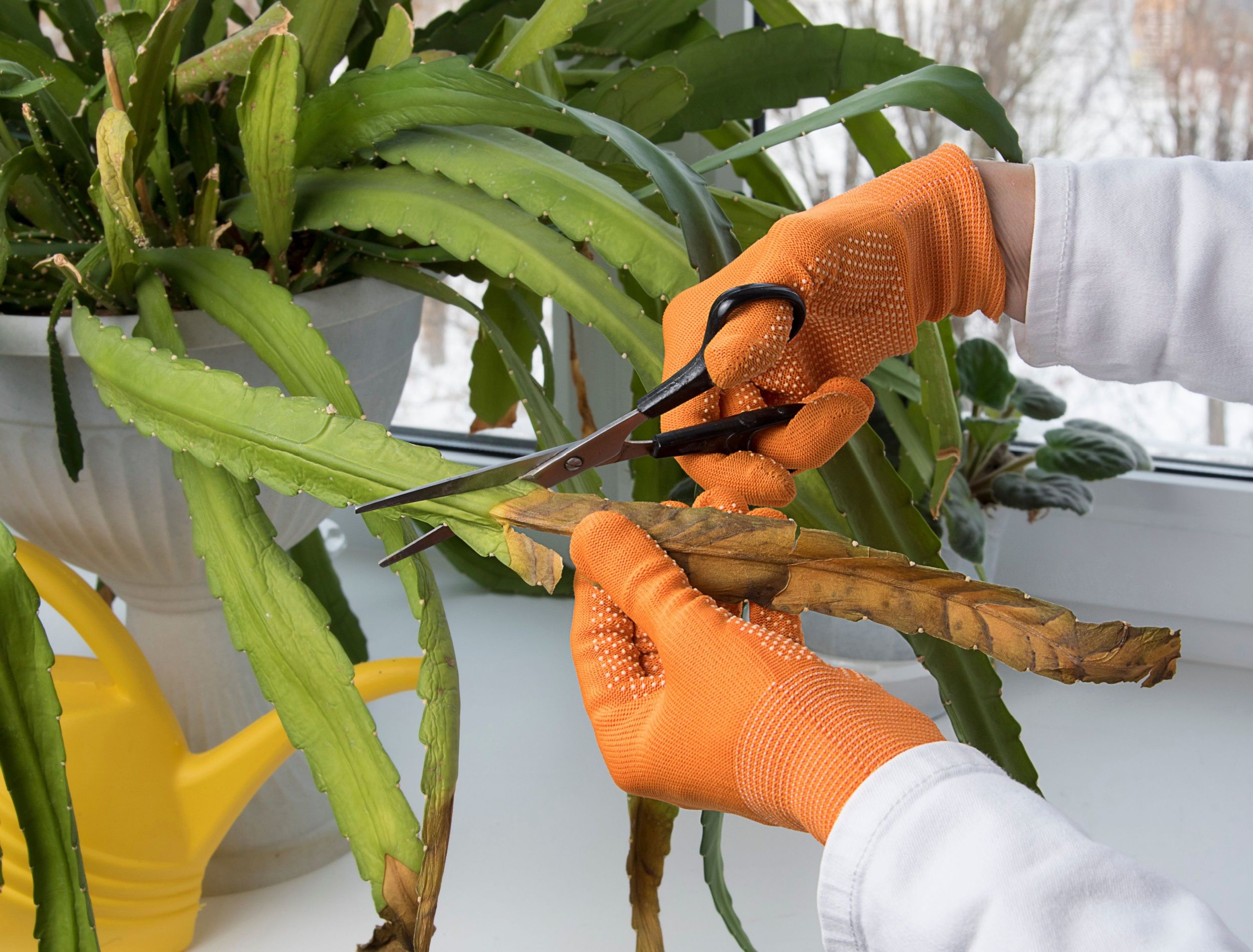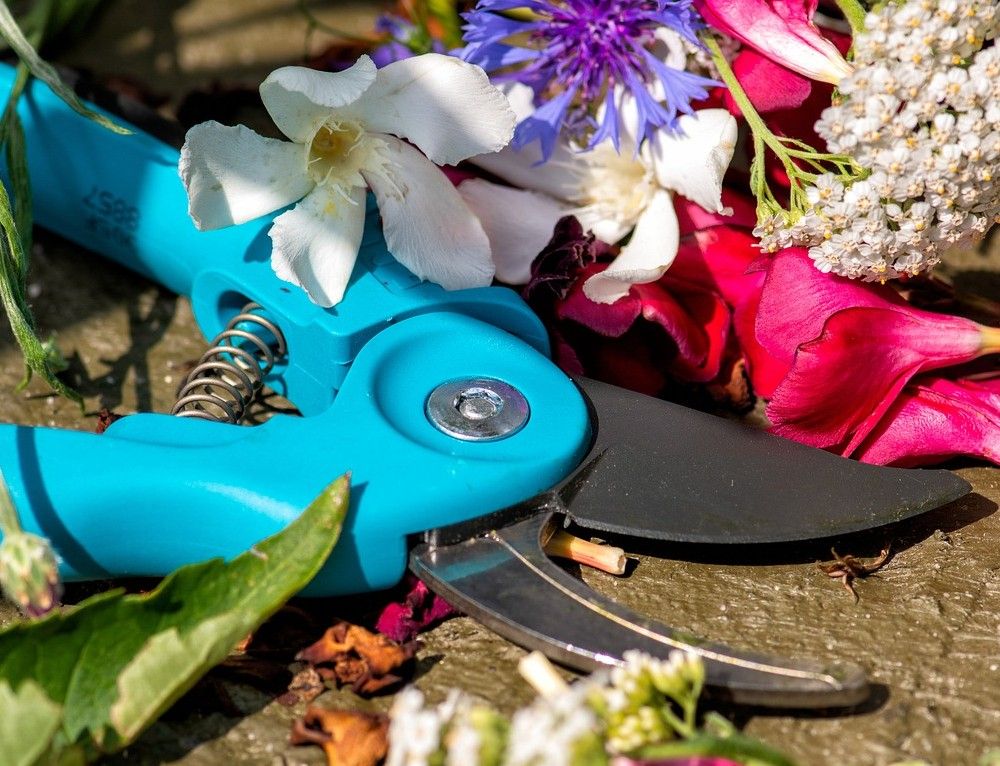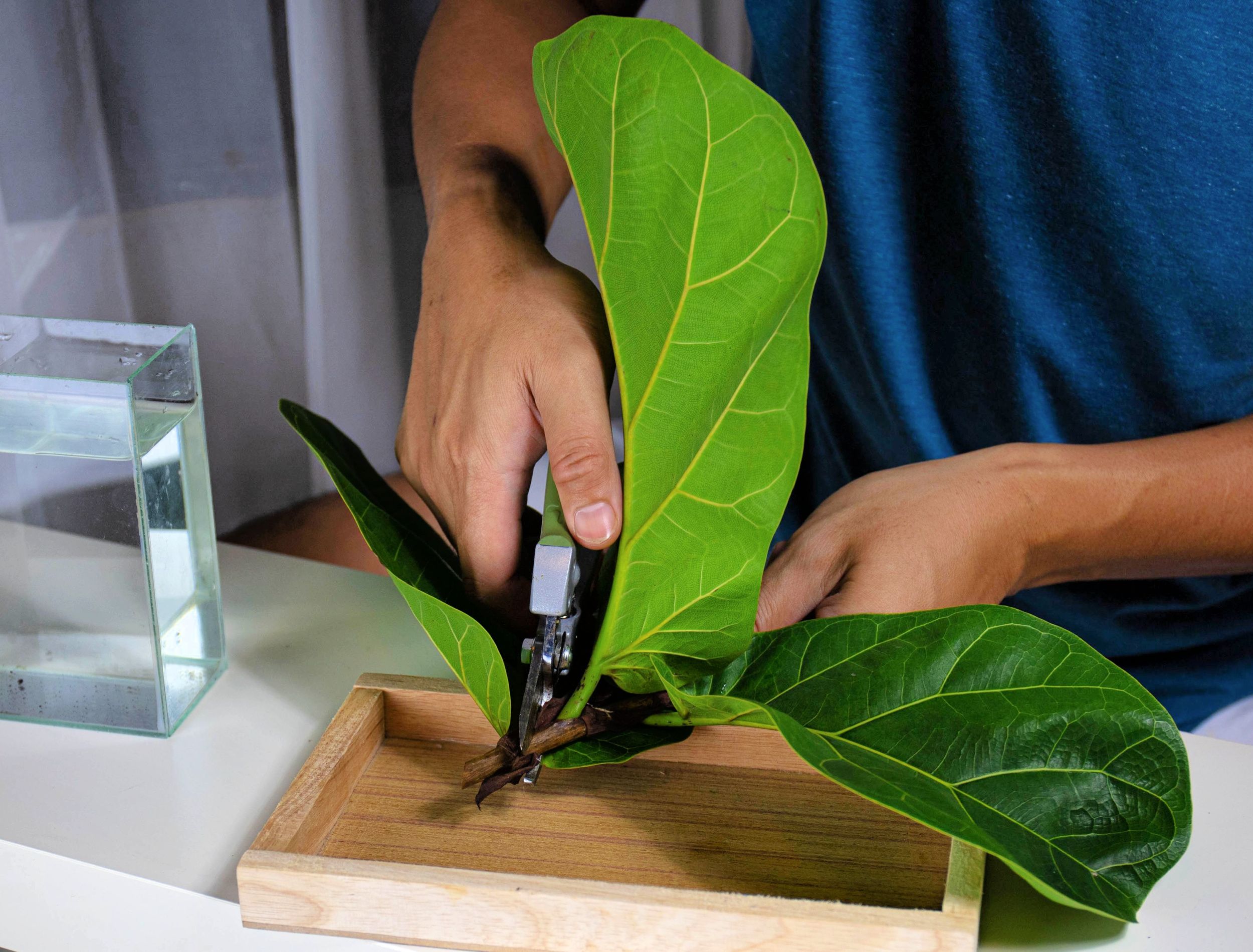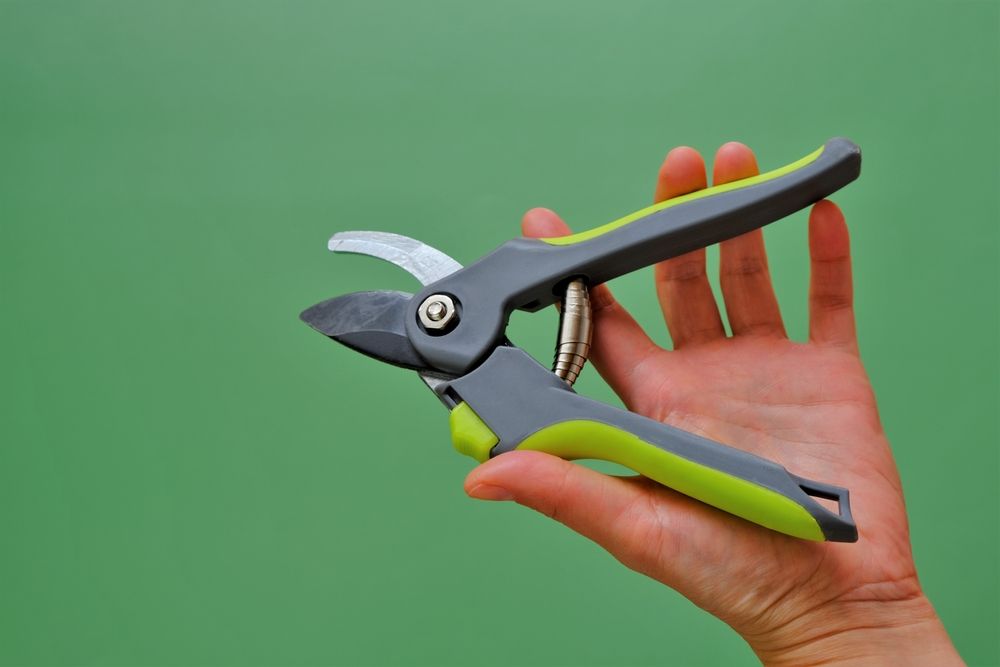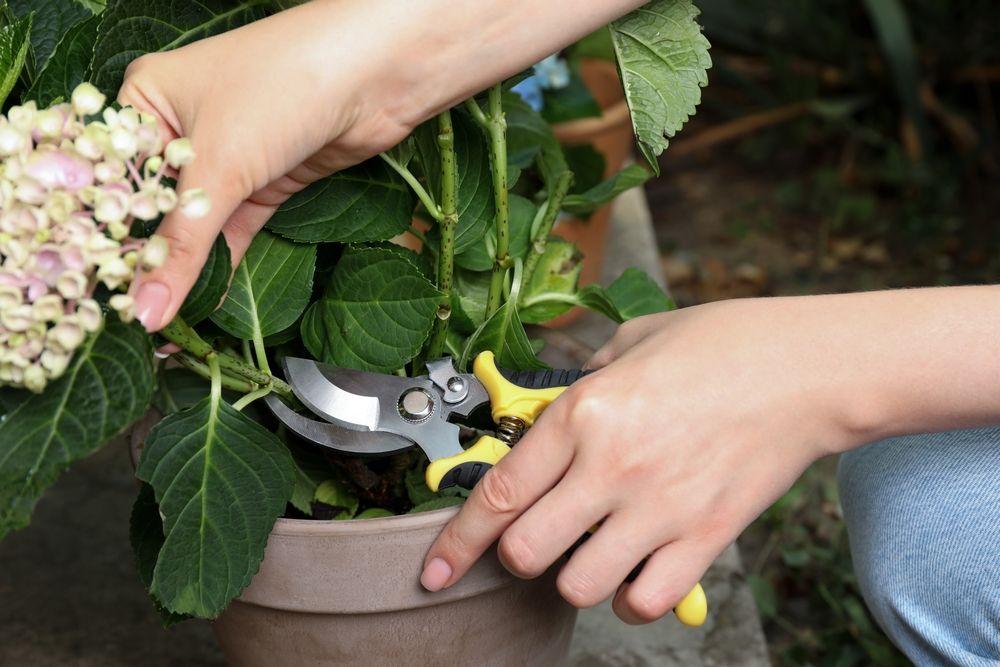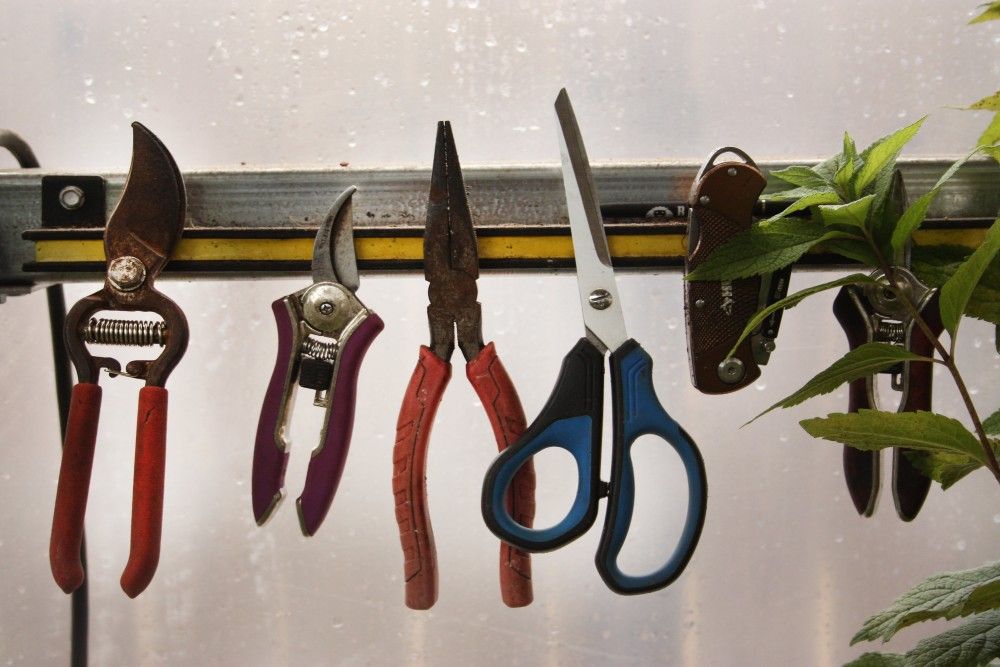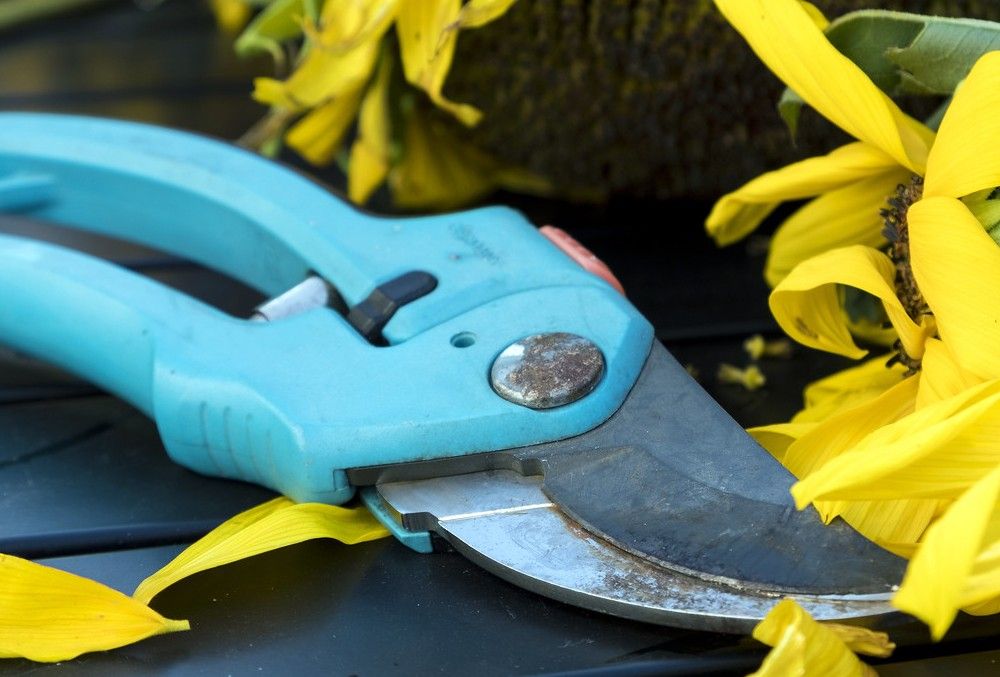Houseplants are an excellent way to beautify indoor spaces and bring a little bit of nature indoors. To keep your houseplants looking their best, it's beneficial to prune them every so often.
However, you should always check the care instructions for your specific plant before making any cuts, as different plants have varying needs. Keep reading to learn everything you need to know about how to prune your houseplants.
What You'll Need
Image credits: Willfried Wende via Pixabay
Before getting started, you'll need to gather a few basic tools.
- Sharp pruning shears or scissors
- Gardening gloves (especially for plants with thorns or prickly leaves)
- Rubbing alcohol or soapy water
- Clean cloth or paper towels
- Old newspaper (optional)
Why You Should Prune Your Houseplants
Image credits: PATHOMRAT PRAERIN via Shutterstock
Pruning is an essential part of caring for houseplants. Firstly, removing dead or damaged leaves and branches improves the overall health and appearance of the plant, keeping it kempt. Furthermore, it's an effective way to control pests and diseases by removing infected or infested parts of the plant.
Additionally, pruning encourages new growth, making the plant more full and lush if it's getting leggy. Pruning also helps to keep it at your desired size and shape. Here are a few tips and tricks for pruning houseplants.
How To Prune Your Houseplants
Step 1: Evaluate Your Plant
Image credits: Volodymyr Zakharov via Shutterstock
Start by evaluating the overall health and appearance of your plant. First, look for dead or damaged leaves, branches, and stems. Removing unhealthy plant parts reduces the risk of pest and disease problems.
Also, look for any unevenness, leggy stems, or growth that is overcrowding other parts of the plant. Doing so helps to promote healthy new growth and controls the plant's proportions, so it fits well in your available space.
If your plant grows unevenly, its light source may be the culprit. Be sure to rotate the pot a quarter-turn every week or two, especially if it's near a window. That way, it will get an even amount of light on all sides and grow more uniformly.
Step 2: Preparation
Image credits: yul38885 via Shutterstock
Prepare your space by laying down a few sheets of newspaper underneath the pot. Doing so makes clean-up easier once you're done snipping and cutting.
Always make sure your pruning shears or scissors are clean and sharp. If necessary, use a file to sharpen your clippers. Afterward, use a clean cloth or paper towels to sterilize them with rubbing alcohol or hot soapy water.
Step 3: Make Your Cuts
Image credits: New Africa via Shutterstock
Now it's time to start clipping away! Use your pruning shears or scissors to make clean cuts at a 45-degree angle just above a leaf node (where a leaf joins a stem). Making your cuts at an angle promotes healing and helps to keep water from collecting on the tip of the stem, which can lead to disease.
Repeat the process of identifying and cutting off any dead or damaged parts of the plant. If you need to control its size, cut back the main stem or lateral branches according to your plant's specific care recommendations.
Be careful not to over-prune, as doing so stresses plants and causes them to lose their shape or, worse, die. As a general rule, don't remove more than 25 percent of the plant at a time.
Step 4: Clean Up
Image credits: Alabama Extension via Creative Commons
After pruning, remove any debris from the plant and the surrounding area. Cleaning your gardening tools before and after each use is beneficial. That way, you'll avoid accidentally spreading disease between plants and simultaneously keep your pruners in good condition.
When To Prune Houseplants
Image credits: chimpwithcan via Openverse
The best time to prune houseplants depends on the type of plant and its growing habits. While some plants can get pruned at any time of the year, others have specific pruning seasons.
In general, the best time to prune most houseplants is in the spring at the beginning of their active growth period. However, vining plants should get pruned in the summer when they're most active to encourage new growth and branching.
For flowering houseplants, prune just after they finish blooming. Another strategy to help optimize your plant's bloom time is disbudding or selectively removing some flower buds to promote larger blooms. Removing flower buds is also helpful for young plants or newly rooted cuttings. Doing so aids in reducing stress and helps them direct energy toward growing their roots, leaves, and branches.
In most cases, it's best to avoid pruning houseplants when they're dormant or semi-dormant, as it stresses the plant and inhibits new growth. So, avoid pruning in the dead of winter. Exceptions to this rule are flowering cacti and succulents, which you should prune before they come out of dormancy in late winter or early spring.
Grow Your Own Way
Pruning your houseplants might seem intimidating at first, however, rest assured that it's not only a manageable task but also a vital part of houseplant care. Pruning helps keep your plants healthy, attractive, and well-suited to the space where they're growing.
Do you have any questions or suggestions about pruning houseplants? Please share them in the comments below!

